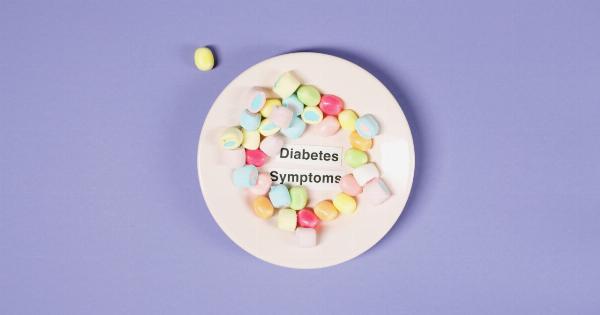Heart attack is a medical emergency that requires immediate attention. It is essential to know and understand the warning signs of a heart attack, as it could save your life or someone else’s life.
What is a Heart Attack?
A heart attack, also known as myocardial infarction, happens when the flow of oxygen-rich blood to a section of the heart muscle suddenly becomes blocked.
The heart muscle starts to die from lack of oxygen, and the longer the blood flow is blocked, the greater the damage to the heart muscle. Immediate treatment can help to minimize the damage to the heart muscle.
Who Is at Risk for a Heart Attack?
Several factors can increase the risk of a heart attack, including:.
- Age (men over 45 and women over 55)
- Family history of heart disease
- High blood pressure
- High cholesterol levels
- Smoking
- Diabetes
- Obesity
- Sedentary lifestyle
Warning Signs of a Heart Attack
The warning signs of a heart attack include:.
- Chest pain or discomfort
- Shortness of breath
- Nausea or vomiting
- Fatigue
- Lightheadedness or fainting
- Pain or discomfort in the jaw, neck, or back
- Pain or discomfort in the arms or shoulder
It is important to note that some people may not experience chest pain during a heart attack, while others may have mild chest pain or discomfort.
It is essential to pay attention to any unusual symptoms and seek medical attention immediately if you suspect a heart attack.
What to Do if You Suspect a Heart Attack
If you or someone else has symptoms of a heart attack, seek medical attention immediately. Call for emergency medical services or go to the nearest hospital’s emergency department.
Do not ignore the warning signs, thinking that they will go away on their own. It is better to be safe than sorry.
How a Heart Attack is Diagnosed and Treated
When you arrive at the hospital, the medical team will evaluate your symptoms and perform diagnostic tests to confirm whether you are having a heart attack.
These tests may include:
- Electrocardiogram (ECG/EKG)
- Blood tests
- Chest X-ray
- Echocardiogram
- Cardiac catheterization
The treatment for a heart attack depends on the severity and location of the blockage in the heart’s blood vessels. The goal of treatment is to restore blood flow to the heart muscle quickly. Treatment options include:.
- Aspirin to prevent blood clots
- Thrombolytic therapy to dissolve blood clots
- Angioplasty and stenting to open blocked blood vessels
- Coronary artery bypass grafting (CABG) surgery to reroute blood flow around blocked blood vessels
Preventing Heart Attack
There are several lifestyle modifications that you can make to reduce your risk of a heart attack. These include:.
- Eating a healthy diet
- Exercising regularly
- Managing stress
- Controlling high blood pressure
- Managing diabetes
- Quitting smoking
- Maintaining a healthy weight
If you have a family history of heart disease or have risk factors for a heart attack, talk to your doctor about screening tests and additional preventive measures that you can take.
Conclusion
Heart attack is a serious medical emergency that requires immediate attention. It is essential to know and understand the warning signs of a heart attack, seek medical attention quickly, and take preventive measures.
Making lifestyle modifications can help to reduce your risk of heart attack and other cardiovascular diseases. Remember, prevention is better than cure.




























